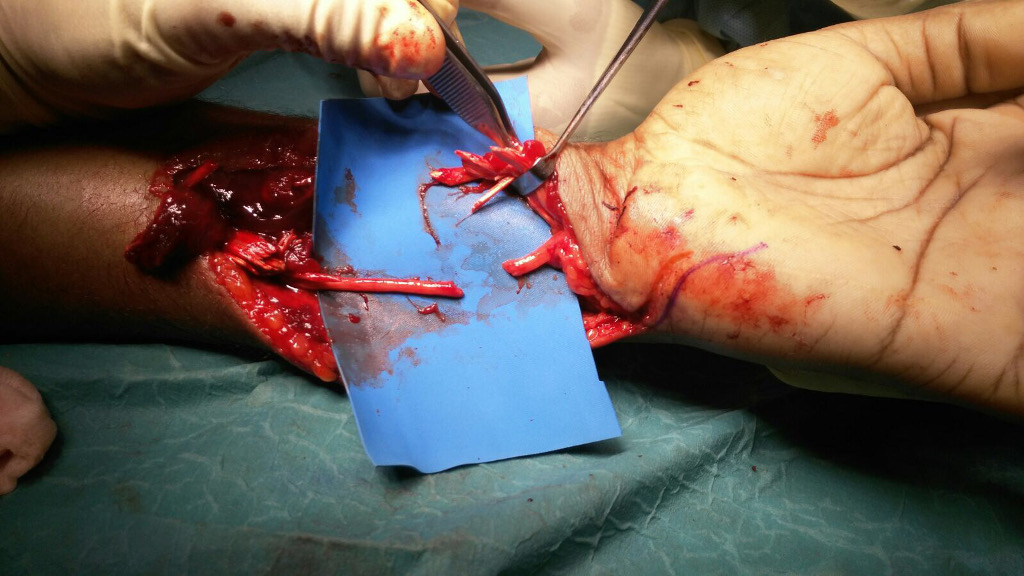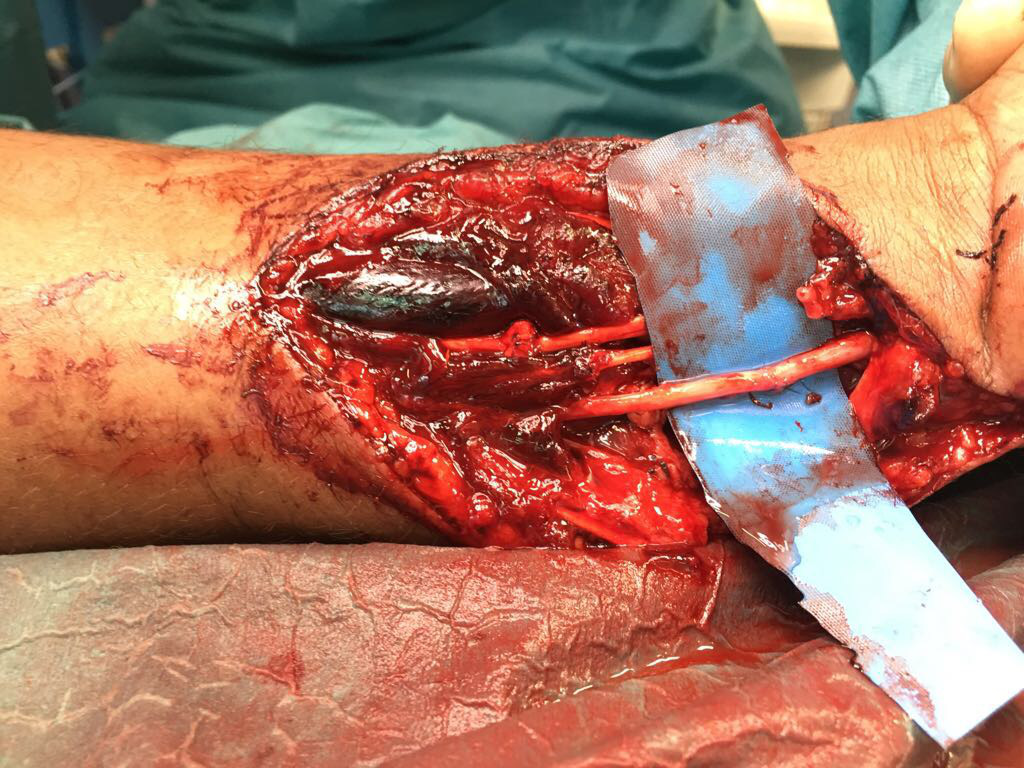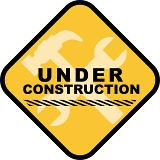Finger Amputation
INTRODUCTION
Finger amputations are one of the more common hand injuries and are commonly seen in the emergency setting. Amputations can range from involvement of a small tip of a single finger, to multiple finger amputations, whole hand amputations or arm amputations. These injuries have many medically importance differences, such as the angle of the amputation, or if the cut was sharp or blunt.
CAUSES
Digital amputations are frequent lesions, the majority being caused by work and home accidents.
TREATMENT
- CASE 1: AMPUTACIÓN PUNTA DE DEDO. COBERTURA CON COLGAJO
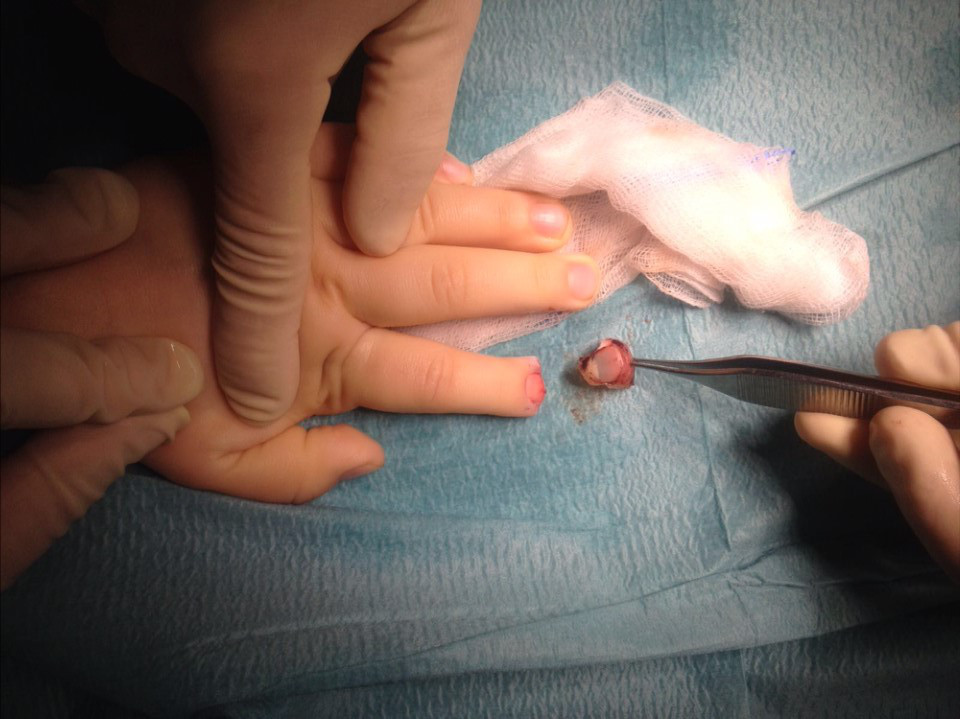
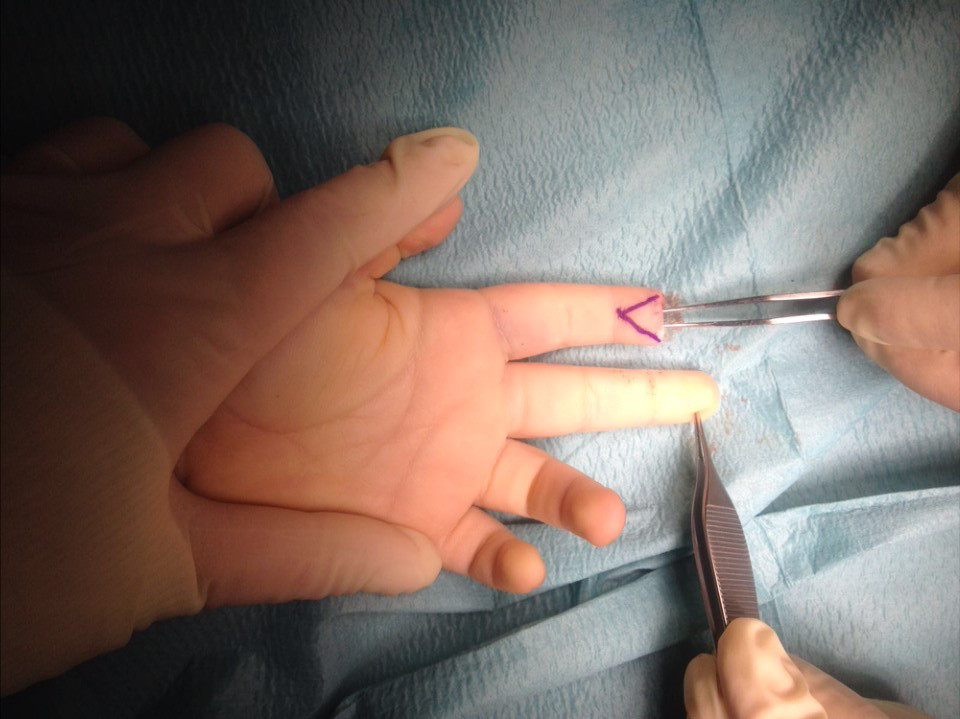
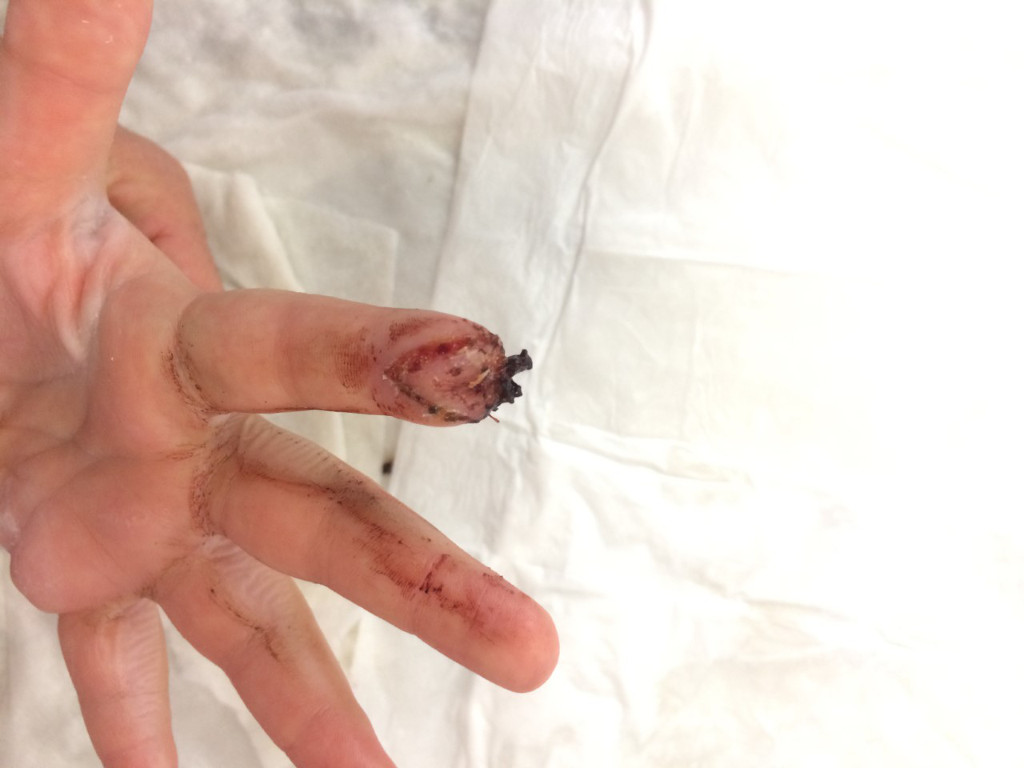
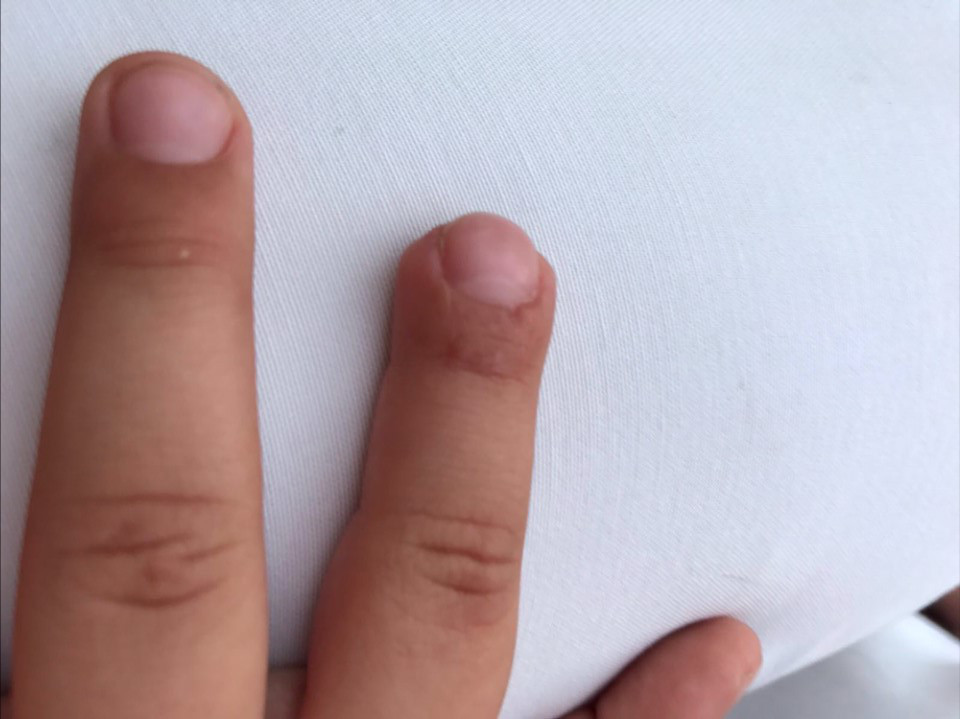
The objective of treatment of small tip amputations is usually to reconstruct the tip of the finger to give a good rounded contour of the fingertip, preserve the fingernail when possible, and provide the best sensation in the fingertip. Most often this is done with the use of small skin flaps. Skin flaps involve techniques of transferring skin and soft tissue from one place in the body to another. When all or a major part of a finger, or a hand has been amputated, the focus of treatment is often on reattachment of the amputated part. This must be done by a qualified team headed by a hand surgeon. Properly preserved amputated fingers can be reattached up to 24 hours after the amputation. However, there is a better chance of success if the surgery is done within 6-12 hours. Surgery involves fixing the bone, repairing cut tendons, and microsurgical repair of cut blood vessels and nerves. Such surgery must be done under a microscope with specialized instruments, sutures and techniques. After surgery, the reattached part must be monitored in the hospital for 3-5 days as blood clots can form in the repaired blood vessels, cutting off the blood supply to the part.
- CASE 2: AMPUTACIÓN COMPLETA DE DEDO. REIMPLANTE
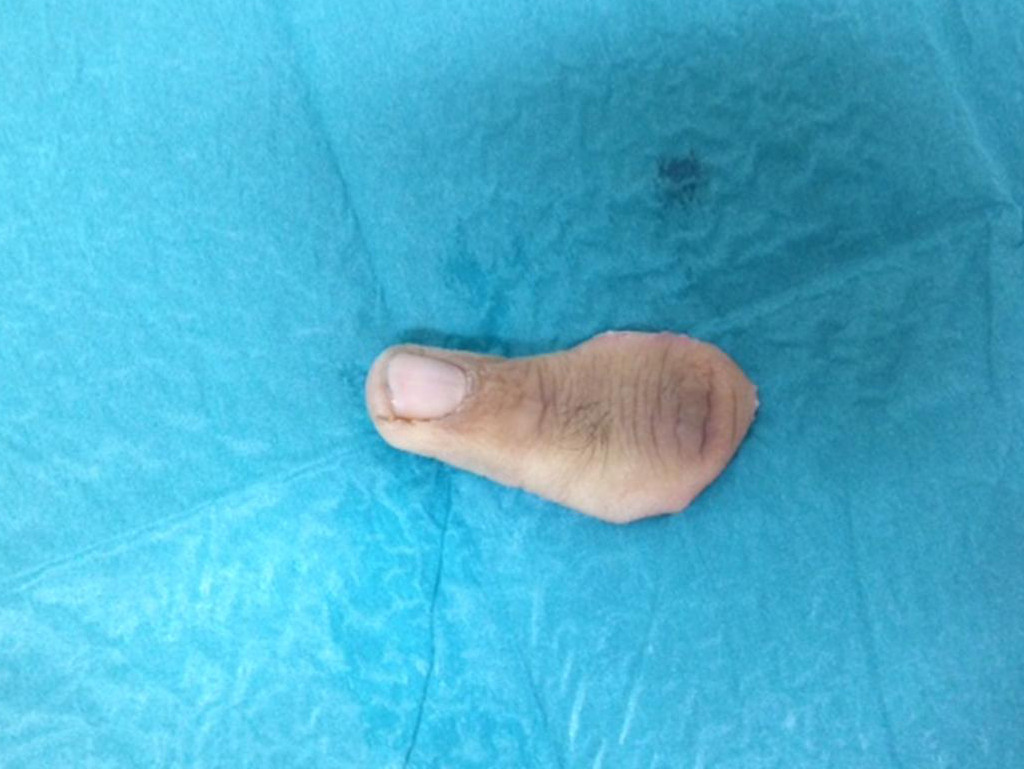
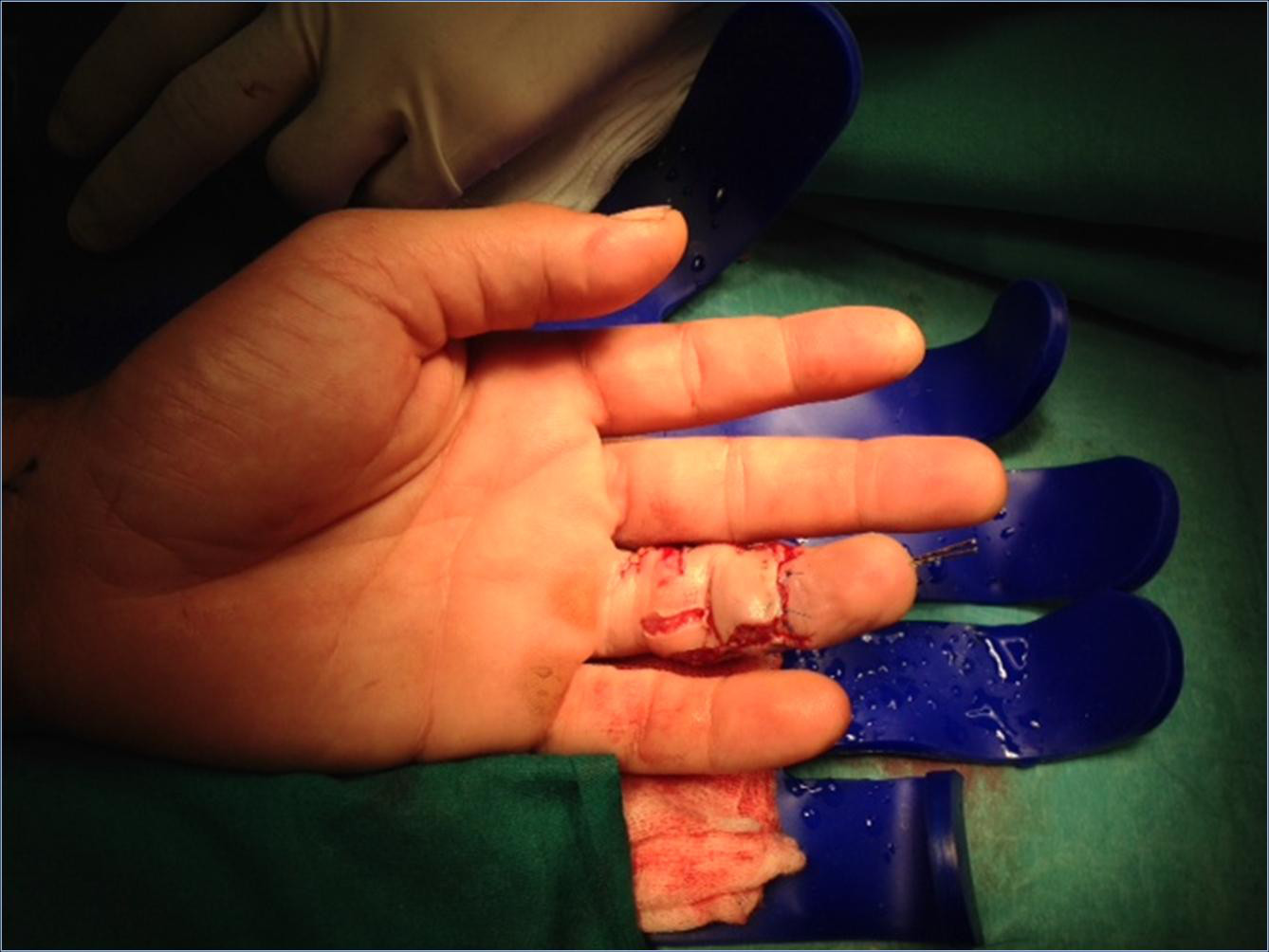
Nerve Microsurgery
INTRODUCTION
The nerve is an anatomical structure similar to a power cable whose mission is to carry the nerve signal from the brain to the muscles. There are sensitive nerves whose function is to transmit sensitivity, and motor nerves that carry the impulses for the muscles. Nerve injury can be defined as a defect that results in a disruption of a nerve such that it can no longer transmit an action potential.
CAUSES
Injury to nerves in the hand or wrist is often caused by trauma, such as the area being cut, overstretched, crushed or burned, damaging the nerve or nerve ending. A cut to the nerve can cause it to no longer transmit signals, because the signal cannot jump through a gap in the nerve. Injuries to the nerve can range from mild, temporary injury to a more severe, permanent injury.
SYMPTOMS
The signs and symptoms of nerve injuries can be different depending on the nerve injured, the type of injury, and the severity of the injury. Some may include: Numbness: Some nerves only transmit sensation, so a nerve injury to these nerves would cause numbness. Weakness: In addition to sensory nerves, some nerves give you the ability to move, and other nerves do both of these things. Injury to nerves that carry motor signals causes weakness. Pain: This is frequently a symptom after nerve injury. The pain present after a nerve injury can be anywhere along the course of the nerve, but it is typically at the injury site.
DIAGNOSIS
In emergency, the examination of a wound of the hand or the wrist is difficult because of the often important pain and bleeding. As such, the rule is that any wound in the hand on the anatomical path of a tendon, nerve or artery must be surgically explored under good technical conditions.
TREATMENT
This procedure corrects nerve damage caused by injury. In the case of simple nerve wounds without loss of substance or whose repair does not involve tension of the sutured nerve, the treatment is the direct suture of the nerve stumps by means of small 9/0 or 10/0 stitches. This should always be done by experienced surgeons, and by using magnifying glasses and / or microscopes. When there is a significant loss of substance or direct suture is impossible, the nerve graft (interposition of a segment of nerve taken from an accessory nerve, usually the sural nerve) is used to reconstruct the defect.
- Case 1 (SECCION NERVIO COLATERAL RADIAL PULGAR)
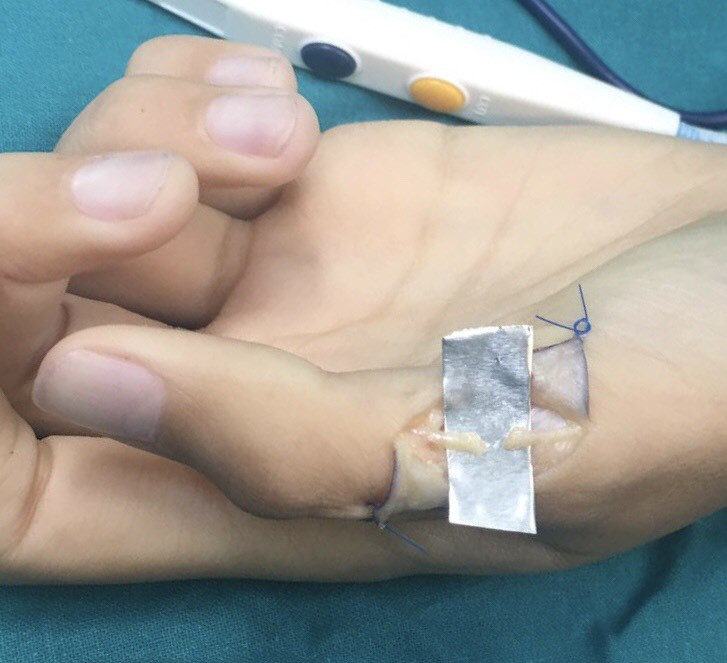
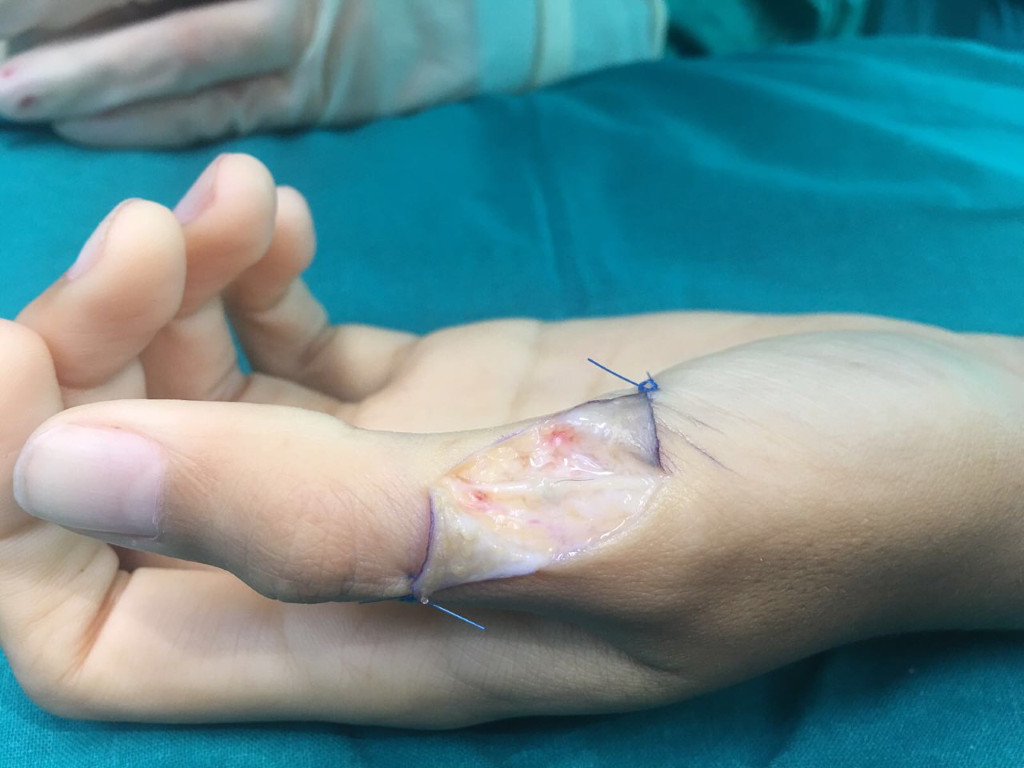
- Case 2 (HERIDA COMPLEJA EN MUÑECA CON SECCIÓN DE FLEXORES Y NERVIO CUBITAL)
